Space science missions ISRO will launch in the near future
India’s nascent space science endeavors to get a much needed boost.
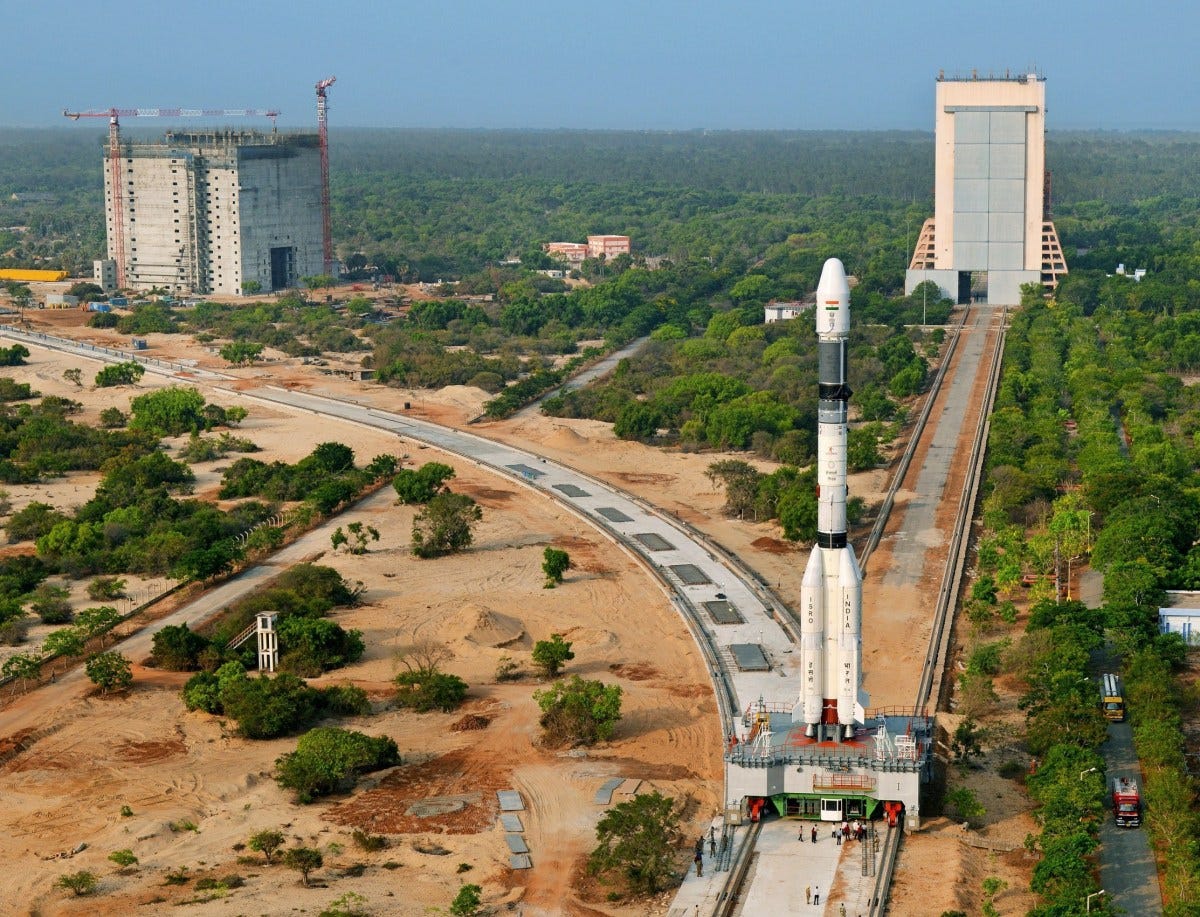
In 2008, the Indian Space Research Organization (ISRO) launched the Chandrayaan 1 spacecraft and successfully put it into lunar orbit, marking India’s foray into planetary exploration. In the decade since, the country successfully launched its first Mars orbiter Mangalyaan, and its first space telescope AstroSat. ISRO even attempted a prestigious Moon landing with Chandrayaan 2 in 2019 but the lander unfortunately crashed at the last moment. Now the agency is gearing to launch several space science missions by 2025, including a Moon landing reattempt with Chandrayaan 3, its first solar telescope, first Venus orbiter, and more.
Chandrayaan 3, India’s Moon landing reattempt
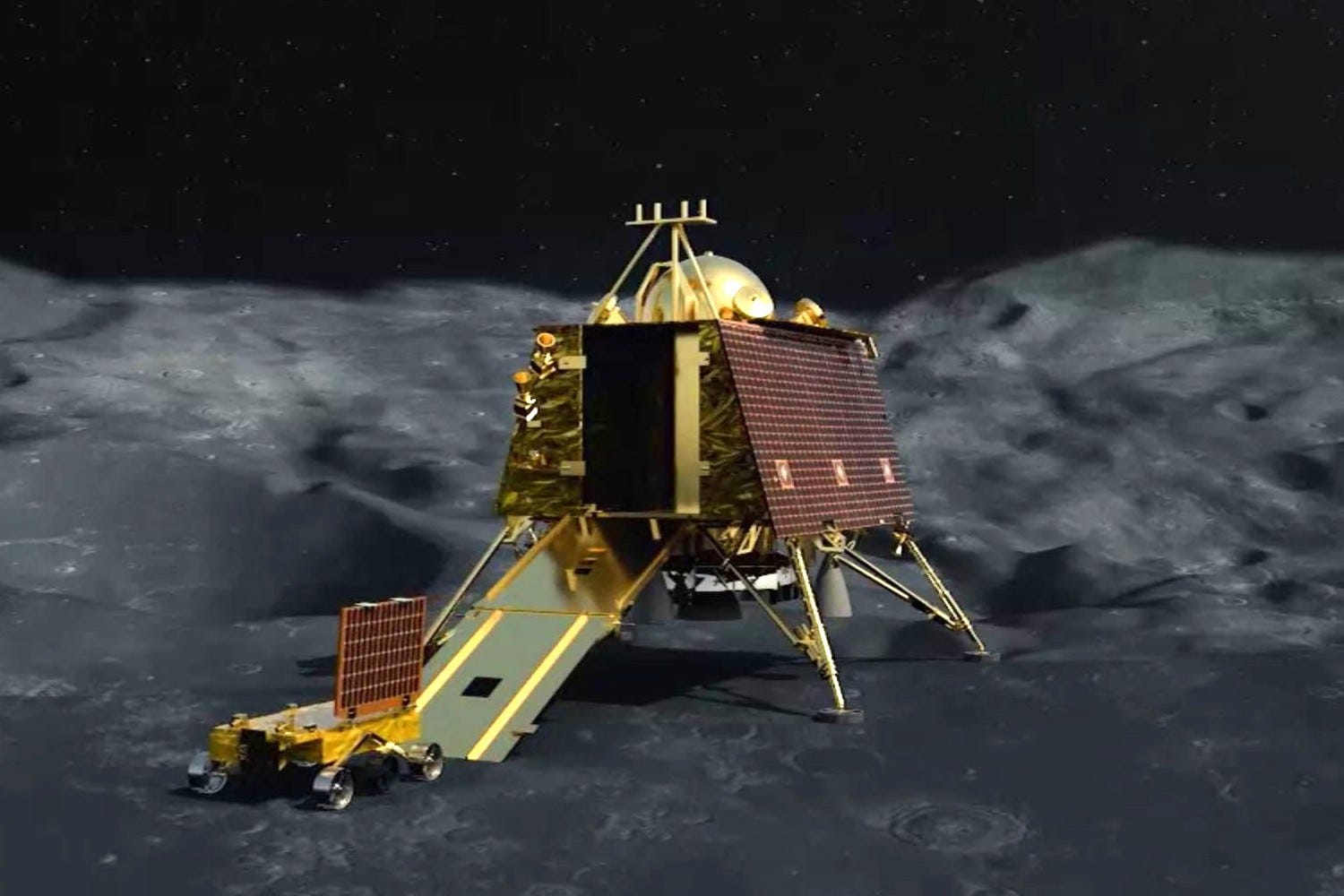
ISRO launched the ambitious Chandrayaan 2 mission in July 2019 with the hope of becoming the world’s fourth country to land a spacecraft on the Moon. The lander unfortunately crashed on the lunar surface on September 7, 2019, taking the rover onboard along with it. However, the Chandrayaan 2 orbiter continues to go around the Moon, and is expected to provide the highest resolution Moon maps to date.
ISRO is now preparing Chandrayaan 3 for a 2023 launch, with the mission essentially being a repeat of the Chandrayaan 2’s surface mission. The lander will carry, among other experiments, a thermal probe and a seismometer to study the Moon’s interior, and the rover will carry a pair of spectrometers to determine what the ancient lunar crust is made of.
India’s first space-based solar observatory
Launching in 2023 onboard a PSLV-XL rocket, Aditya-L1 will study the Sun’s surface and atmosphere with its seven instruments. It’ll be placed at the first Lagrangian point (L1) between the Sun and Earth, where the gravitational pull of these two bodies roughly cancel out.
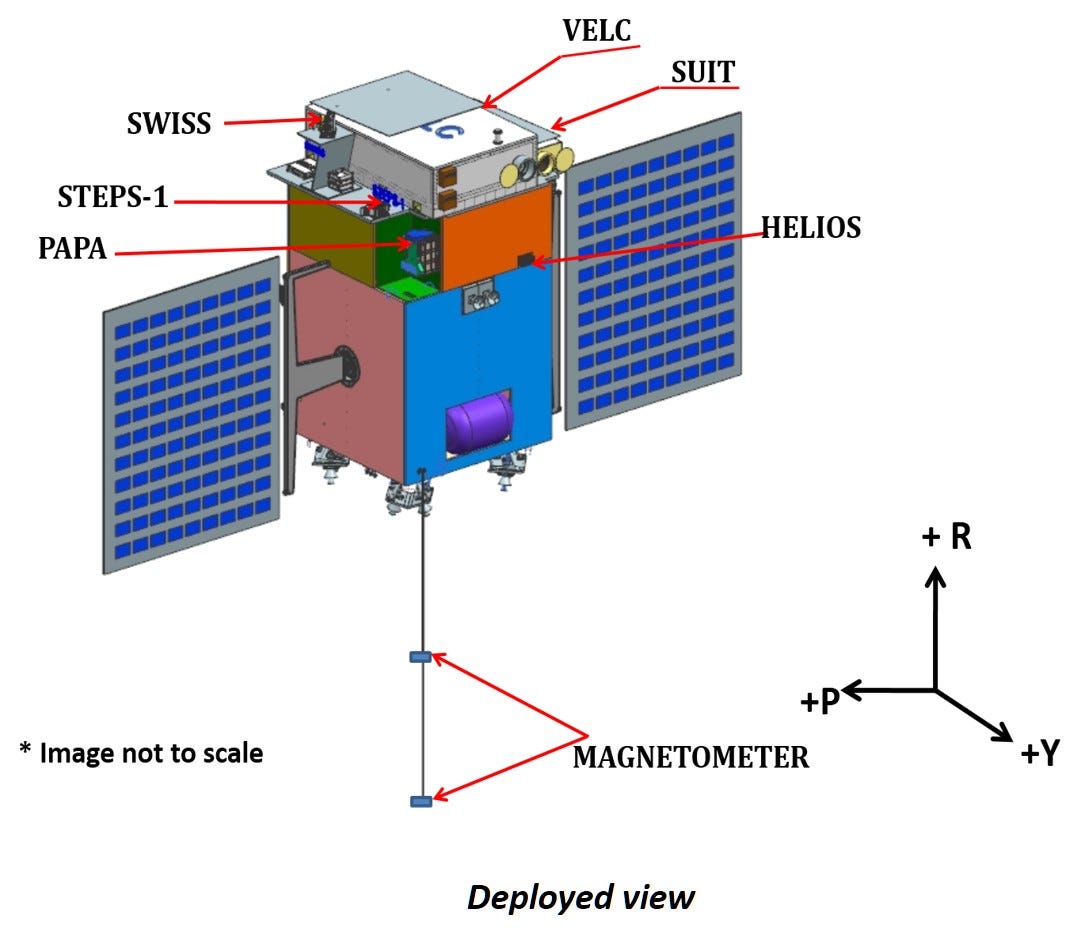
The L1 point is not a point as much as a small region in space, host to multiple solar science missions in the past, such as SOHO, ACE, WIND and DSCOVR. Like those, Aditya-L1 will observe the Sun uninterrupted from this vantage point. The spacecraft will have a unique ability to observe the Sun in multiple wavelengths while also measuring the solar magnetic field and the solar wind radiation using its in-situ instruments.
In 2018, NASA launched the Parker Solar Probe on a mission to go right into the Sun’s atmosphere to unravel its mysteries. ESA launched the Solar Orbiter in 2019 on a similar mission. Aditya-L1 will study the Sun from much further away but its global views will allow for its observations to complement data from the NASA and ESA probes and place them in context.
The hope for scientists globally with these solar missions is to explain why the Sun’s corona is hotter than its surface by several million degrees, a major unsolved problem in solar physics.
Relatedly, ISRO will launch the DISHA twin satellites, DISHA H at a high inclination orbit of 85 degrees and DISHA L at a low inclination 25-degree one, to study how the solar wind interacts with Earth’s upper atmosphere.
Specialized X-ray telescope
India’s first space telescope, AstroSat, was designed to observe high energy cosmic objects in multiple wavelengths. The country’s second space telescope, X-ray Polarimetry Satellite, or XPoSat, will be smaller and specialized. Launching on an SSLV rocket in 2023 to Earth orbit, XPoSat will study the polarization of X-rays emitted by cosmic objects using a polarimeter built by the Raman Research Institute. How radiation is polarized gives away the nature of its source object, including the strength and distribution of its magnetic field.
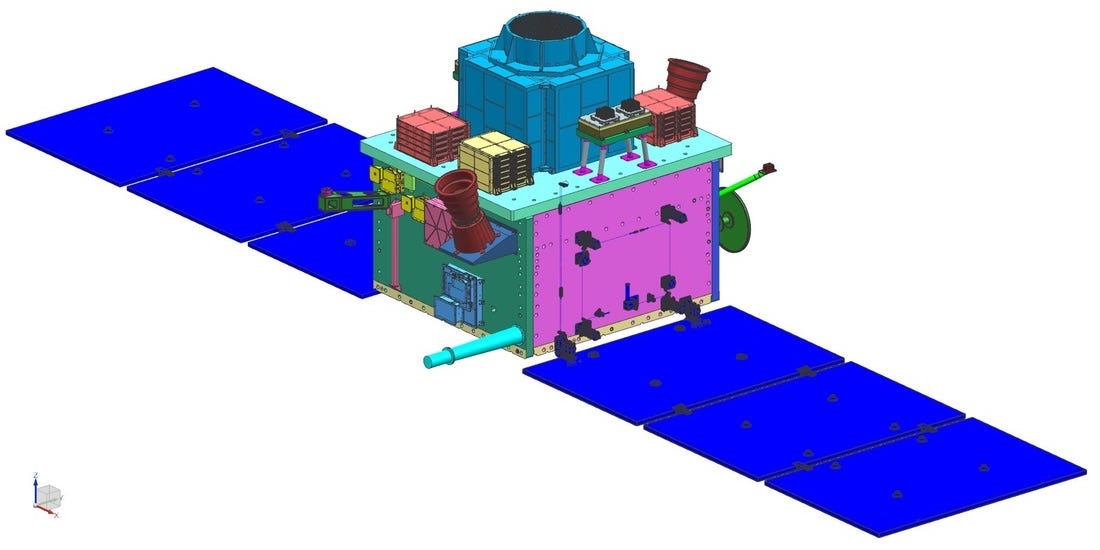
In December 2021, NASA launched IXPE on a similar mission. They both will measure the polarization information of some of the brightest known X-ray sources in the universe, including pulsars, X-ray binary stars and gigantic-black-hole-hosting galactic cores.
Collaboration with NASA on a radar-imaging satellite
The NASA-ISRO Synthetic Aperture Radar (NISAR) satellite will be the first satellite with a dual-frequency radar imaging system. At an estimated $1.5 billion, it’s among the most expensive Earth-observation satellites ever built. Following its planned launch onboard a GSLV Mk II rocket in 2023, it will be placed in a Sun-synchronous orbit so that its solar panels can provide constant power.
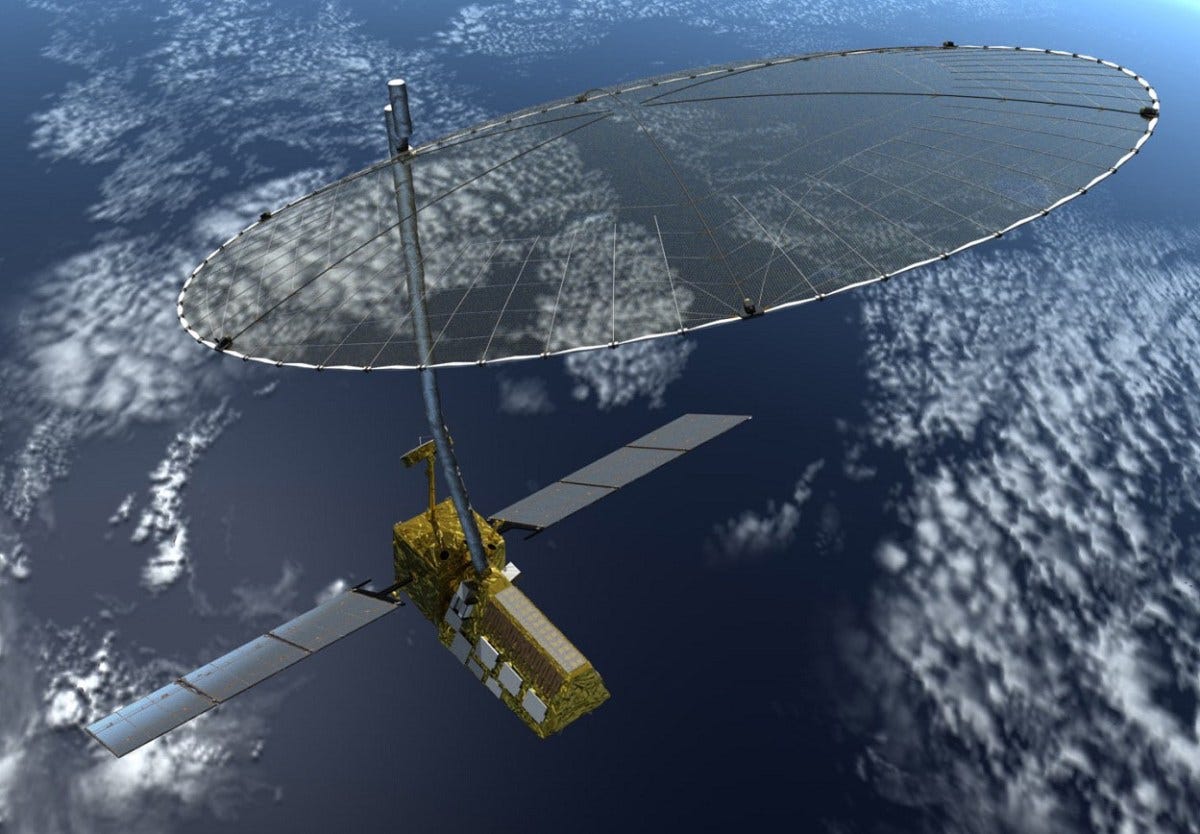
NISAR’s dual-frequency radar imaging system will reveal ongoing changes in Earth’s crust, polar ice, climatic processes, biomass, and more at a high resolution of 3 to 50 meters per pixel, at a rapid bi-weekly pace, globally. The satellite will also be used for disaster management, whereby its data will be available only a few hours after observations. ISRO and NASA have said that all science data from the mission will be in the public domain.
A Venus orbiter in the making
In 2018, ISRO called for instrument proposals for a Venus orbiter mission, Shukrayaan, which is targeting launch in December 2024 at the earliest. Shukrayaan’s primary scientific objectives include studies of Venus’ surface and subsurface, its atmospheric chemistry, and solar wind interactions with the planet. This is a refreshing mission because an initial interest in exploring the planet during the 1960s to 1980s quickly faded after Mars started getting all the attention.
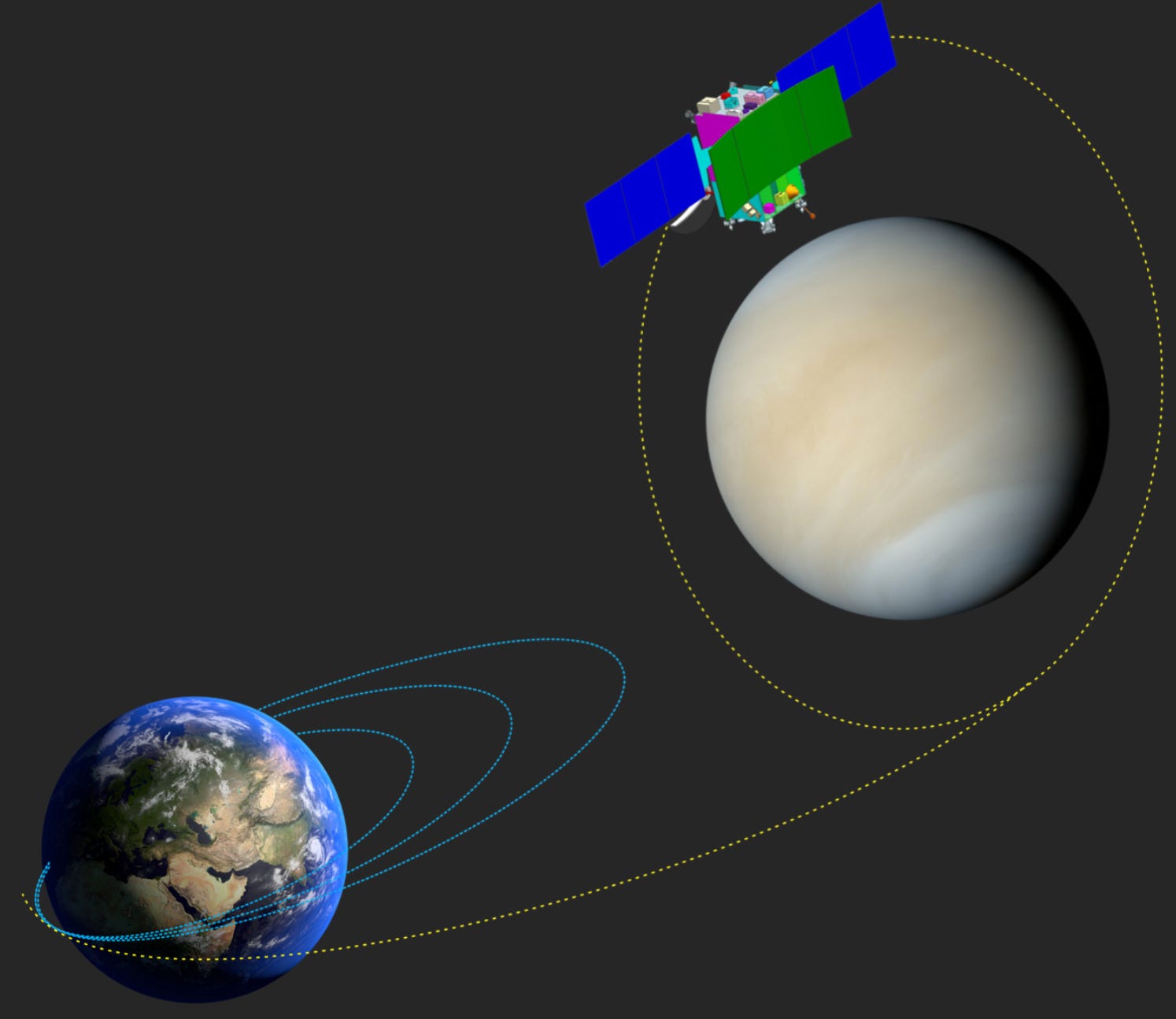
Venus needs to be explored not just because it hosted water for at least 2 billion years, longer than Mars, but also to understand how Earth-like planets change over time, and what makes Earth a haven for life. Right now, there is only one spacecraft at Venus, the Japanese orbiter Akatsuki, compared to eleven at Mars as of 2022. So ISRO sending a mission to Venus should be refreshing for the global planetary science community.
Shukrayaan will study Venus for over four years from a polar orbit of 200 x 600 kilometers, allowing for global mapping. It will have a payload capacity of about 100 kilograms. In addition to several Indian instruments, ISRO will also be carrying a few international ones. One of them is intended to be the French Space Agency’s VIRAL instrument (Venus Infrared Atmospheric Gases Linker), co-developed with the Russian space agency. International collaboration is great, as attested by Chandrayaan 1’s co-discovery of water on the Moon with NASA.
Partnering with Japan on a lunar polar rover
The Japanese-Indian joint LUPEX mission will launch no earlier than 2025 to explore the nature of water ice and other resources on the Moon’s south pole. The Japanese space agency JAXA is building the mission’s 350-kilogram rover while an ISRO-built lander will deliver the rover.
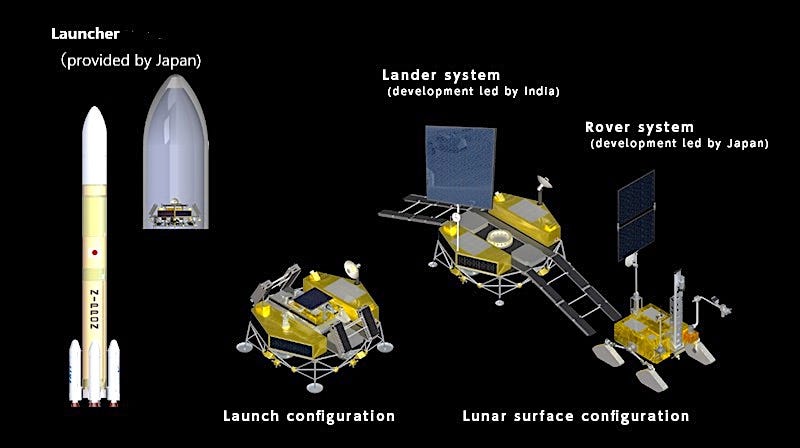
The LUPEX rover will have both Indian and Japanese instruments—chiefly a drill and a bunch of complementary spectrometers—to study the nature, amount and accessibility of water ice in its landed region between 89-90°S, making the mission similar to NASA’s VIPER rover. LUPEX will explore its landed region for at least six months, and likely venture into permanently shadowed areas a few hundred meters across. In April 2022, ESA signed a collaborative agreement to contribute a mass spectrometer onboard the rover to study the Moon’s exosphere.
While the final instrument suite will be decided in the mission development phase that started in April, a ground penetrating radar and a thermal probe are key contenders, neither of which VIPER has. Findings from them would thus nicely complement results from VIPER. A February talk by ISRO scientist S. Megala has juicier details on the mission. Here’s a PDF of slides from her talk.

Slides: Early details on LUPEX mission3.72MB ∙ PDF fileDownloadDownload
Megala also hinted that ISRO is considering making its next Moon mission after LUPEX to be a sample return one. They’re currently internally referring to it as Chandrayaan 5, meaning LUPEX is considered Chandrayaan 4.
Other missions in ISRO’s pipeline could include a successor to Mangalyaan. The agency hopes to launch Mangalyaan 2 by 2026, with an upgraded orbiter and 100 kilograms of scientific instruments, but is uncertain to be formally undertaken anytime soon. A recent talk by a veteran ISRO scientist tells us that ISRO has begun working on Mars landing technologies too. ISRO also has plans for launching an Astrosat successor but details are unclear about it too at the moment.
Despite the largely non-transparently conveyed delays in launches of all the above missions so far, delays which have come to be expected as standard now, undertaking such diverse missions boosts India’s fairly nascent space science endeavors and puts it on a promising trajectory. Here’s hoping that India goes all in on this trend and makes deep space exploration a prioritized national goal just like we did for launching astronauts.
→ Browse the Blog | About | Donate ♡
